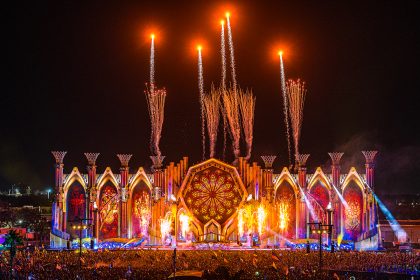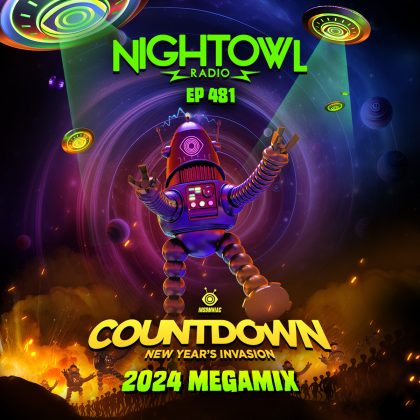The Great Dancing Plague of 1518: That Time We Danced Ourselves to Death

Upcoming Event
Forget about that last time you were partying and danced all the way through to closing at 6am. At one point in the 16th century, a whole bunch of people danced so long and hard that they eventually fell over and literally died. It was an inexplicable case of late-Middle-Ages dancing mania that’s been labeled the “Dancing Plague.”
The hysterical mass rave went down in 1518 in the northeast French city of Strasbourg, then a part of the Roman Empire. The spontaneous outbreak sprung forth in July from the sick dance moves of a single lady who began dancing fervently in the streets. This one lady turned out to be quite influential; within a week, more than 30 people were busting moves alongside her. Within a month, it was nearly 400.
It might be the earliest recorded incident of a “flash mob,” though the enthusiastic nature of the participants actually caused a few problems. After dancing for days on end without rest, people were actually flopping over and dying of heart attacks, strokes and exhaustion. It was clear that something needed to be done about this outbreak of hysteria, and the Strasbourg establishment eventually got involved.
Their solution? More dancing, of course. It was the only thing that could possibly be done. A wooden stage was constructed, professional dancers were brought in to accompany the other dancers, and the town even hired a band to provide backing music.
The nobles had sought the advice of local physicians, who had quickly ruled out astrological and supernatural factors as the reason for all the spontaneous movement in the streets. The cause was actually down to “hot blood,” with the plague nothing more than a “natural disease,” and the afflicted just had to dance a little more to get it out of their system.

There was just that little problem: People kept dying. Apparently not even a seasoned marathon runner could have survived the intense and prolonged nature of the workouts these Strasbourg civilians were inflicting upon themselves. The dancers were dropping like flies, with the plague reportedly killing around 15 people per day at one point.
The great Dancing Plague of 1518 stretched all the way from July to September, and several theories attempt to explain exactly what was responsible for this bizarre historical oddity. One theory relates to the possible presence of psychoactive chemicals in the city’s food, due to fungi growing on their wheat grain: a chemical called ergotamine, somewhat structurally similar to a certain recreational chemical known as LSD (so yes, it’s possible these middle-age ravers where tripping balls).
Writing for BBC Today, historian John Waller affirms that the Strasbourg dancing plague wasn’t the first or last outbreak of compulsive dancing in Europe—only the biggest and most flamboyant. Waller suggests it was a “trance state” that was to blame (not the 138-BPM variety, though).
“The city’s poor were suffering from severe famine and disease. And, crucially, we also know they believed in a saint called St. Vitus who had the power to take over their minds and inflict a terrible, compulsive dance,” Waller says.
“We know that the trance state is more likely to occur in people who are under extreme psychological distress, and who believe in the possibility of spirit possession. All of these conditions were satisfied in Strasbourg in 1518.”
Illustration by Ava Youssefi, a visual artist working in Los Angeles, California. She is a costume and headdress designer for luminaries in the EDM scene. Ava’s creations can be described as ritualistic, animus, and outright fantastical. She can be seen live painting at underground shows and festivals all around SoCal. Find her on Instagram.






